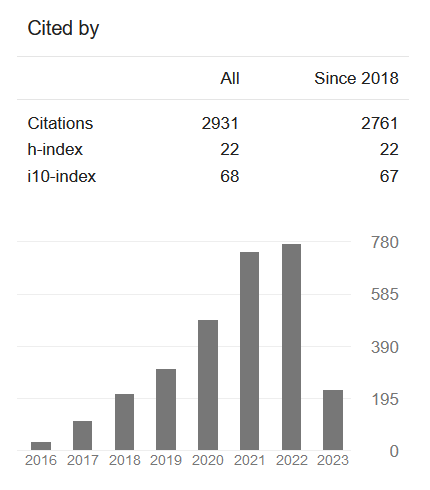Flow Anlaysis on Hal Tejas Aircraft using Computational Fluid Dynamics with Different Angle of Attack( Vol-3,Issue-5,May 2017 ) |
|
Author(s): Abhishek Jain, S. K. Sharma, Comandur Rajasekhar Kaushik, Abhishek Gour |
|
Keywords: |
|
|
Ansys Fluent, Catia Software. |
|
Abstract: |
|
|
In the current globalization, we can see many innovations being introduced or implemented in every aspect of field that are considered to be existed. Every country is aiming to develop its power over all the aspects that considered for comparison with other countries in order to stand at same level of competition with others. One such power considered by all countries to develop every possible way to have a healthy competition is the military power which involves basically innovations of fast moving aircraft having a high lift coefficient and low drag coefficient. Such an aircraft having the high lift and low drag coefficient is TEJAS (HAL) developed by country India on which the purpose of paper mainly sustains. The paper mainly focuses on steady-state flow analysis over aircraft TEJAS using the computer aided modelling techniques and also the comparison of the results obtained from the modelled techniques. The paper also outlines the designing of the structural model of the TEJAS in a modelling software, creation of a finite computational domain, segmentation of this domain into discrete intervals, applying boundary conditions such as velocity in order to obtain plots and desired results determining the coefficient of pressure, lift and drag coefficient, velocity magnitude etc. This paper also aims in creating awareness to the future students about the techniques involved and knowledge required for developing a designed modelled. This paper also highlights the use of CFD techniques involved for the purpose of fluid flow simulation of the aircraft especially performing the meshing techniques, pre and post processing techniques and finally the evaluation of the simulation. Finally this paper can be seen as source by future generation students in gaining knowledge about design, analysis and simulation of the structured model on various conditions, about the field of aerospace engineering and new innovations being developed and also about the career involved when the above fields were chosen foe specialization purposes |
|
Cite This Article: |
|
| Show All (MLA | APA | Chicago | Harvard | IEEE | Bibtex) | |
Share: |
|

 DOI:
DOI: 



























